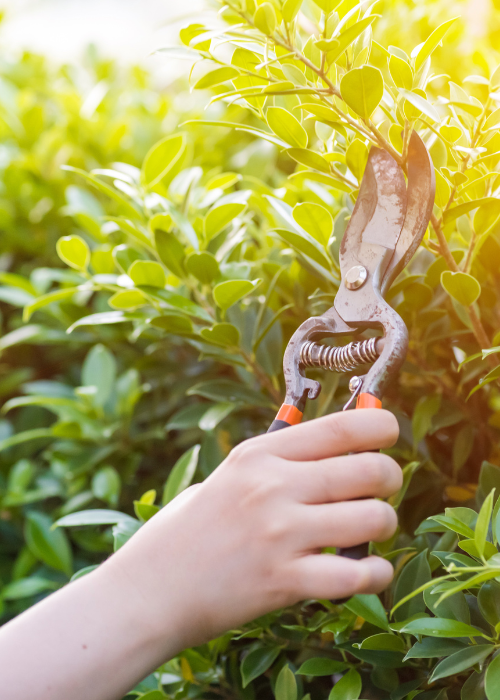Your Guide To Pruning:
How To Prune Trees and Shrubs
Pruning is an essential aspect of maintaining the health, aesthetics, and vitality of trees and shrubs in your landscape. Done correctly, pruning promotes healthy growth, encourages flowering, removes damaged or diseased branches, and shapes plants to enhance their natural beauty. This guide will provide you with fundamental insights and techniques to master the art of pruning effectively.

